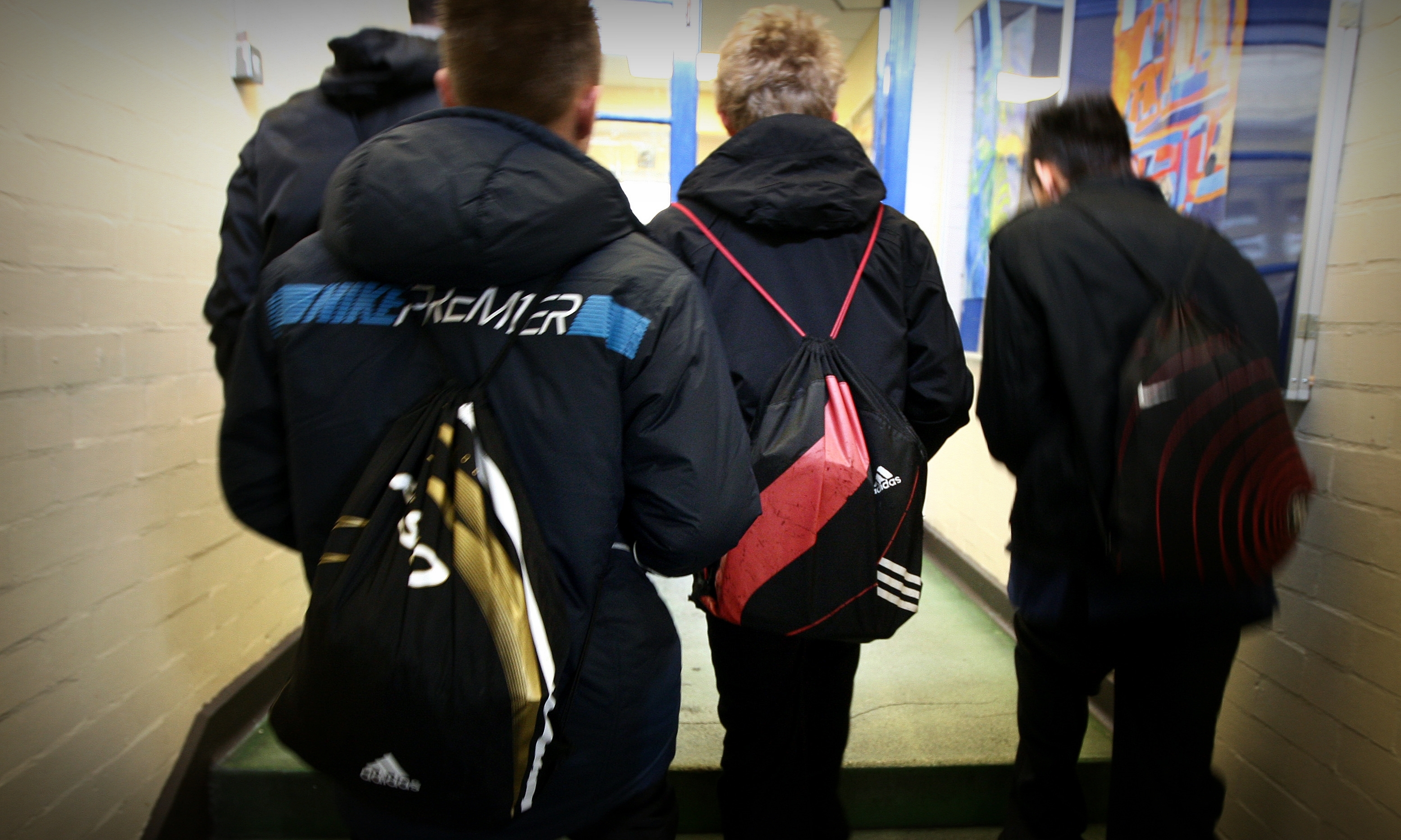A leading children’s charity has called on the Scottish Government to ensure more school pupils with additional support needs are given the assistance they require.
The Scottish Children’s Services Coalition (SCSC) believe figures released by the Government show “major disparities” between the numbers of pupils listed as needing further assistance in local authorities throughout Scotland.
The charity argue the varying stats fail to give a clear picture of the true numbers of children facing challenges.
Children with additional needs are noted as either experiencing learning difficulties, learning disabilities, autism spectrum disorder or care experience.
The SCSC feel a highly varied and regionalised view of children requiring additional help makes addressing issues more challenging.
In Tayside and Fife, the figures are certainly mixed.
Angus has the lowest number of primary school children listed as being in need of additional needs, with just 9.2% of pupils.
With 31.5% of children, Perth and Kinross has the largest number of primary pupils requiring extra help.
Both Dundee City and Fife identify 16.1% of children and 16.6% respectively.
14.1% of Angus high school pupils are identified as requiring additional help, while 20.5% of secondary pupils in Dundee are given extra assistance.
Perth and Kinross and Fife cater for 33.1% of pupils and 27.4% respectively.
Reiterating the charity’s fears, a spokesperson for the SCCC said: “As a coalition we find these major disparities worrying. They indicate, for example, that as a percentage of the pupil population nearly twice as many children and young people in Glasgow have ASN compared to youngsters in North Lanarkshire.
“This inconsistency in gathering information on and identifying those with ASN by local authorities requires clearer and comprehensive guidance from the Scottish Government, which is also key if it we are to allow for proper resource planning and close the educational attainment gap.
“While we are in full support of the presumption of mainstreaming and the Scottish Government review of the guidance associated with this, it is vital that we are fully aware of the scale of the challenge and iron out the inconsistencies in numbers between local authorities.
“The Scottish Government must commit to working more closely with local authorities to tackle this and develop a universal method to ensure that better information is recorded so that accurate numbers can be reported. Only then will we truly be able to provide the best support for some of Scotland’s most vulnerable people.”










